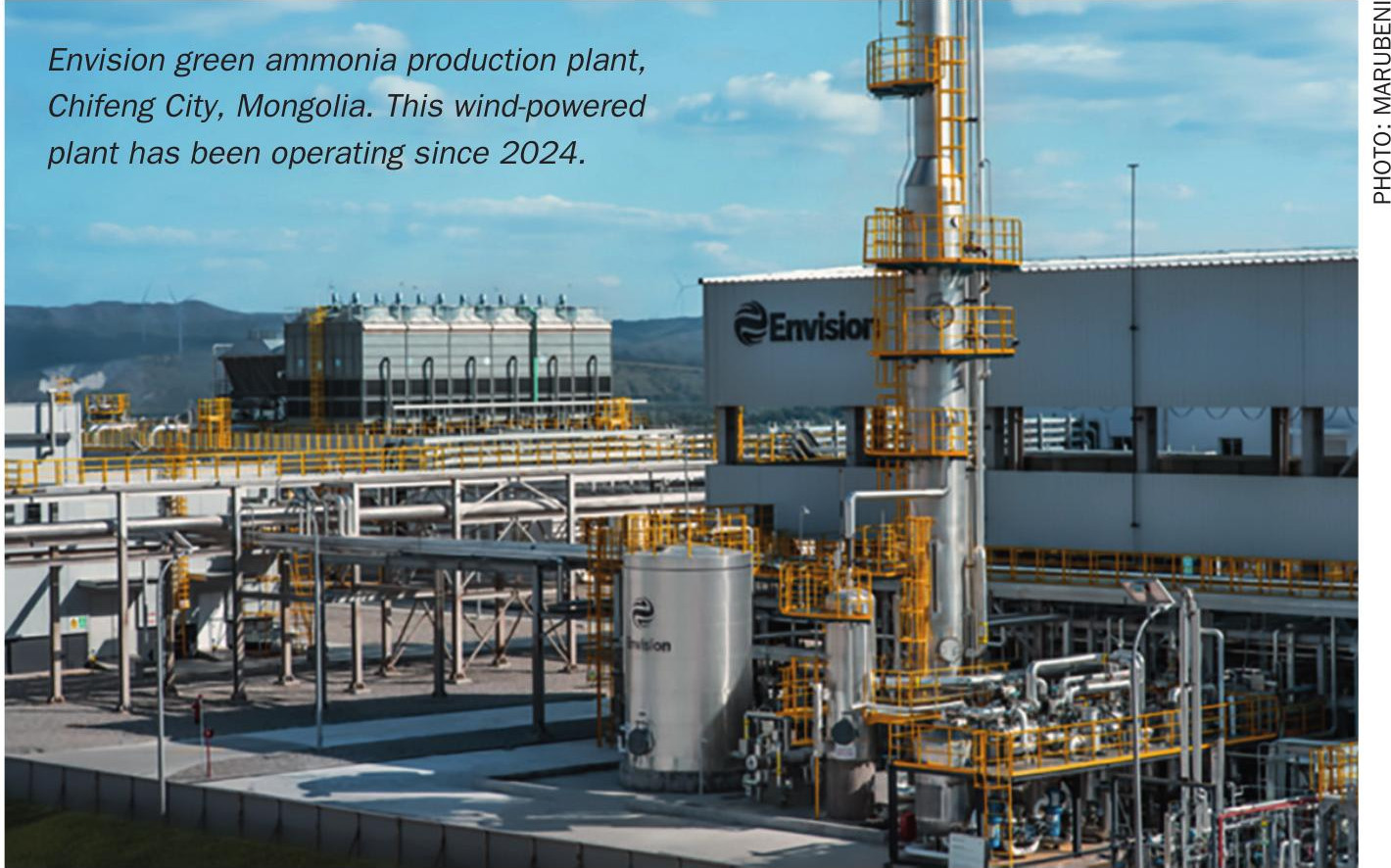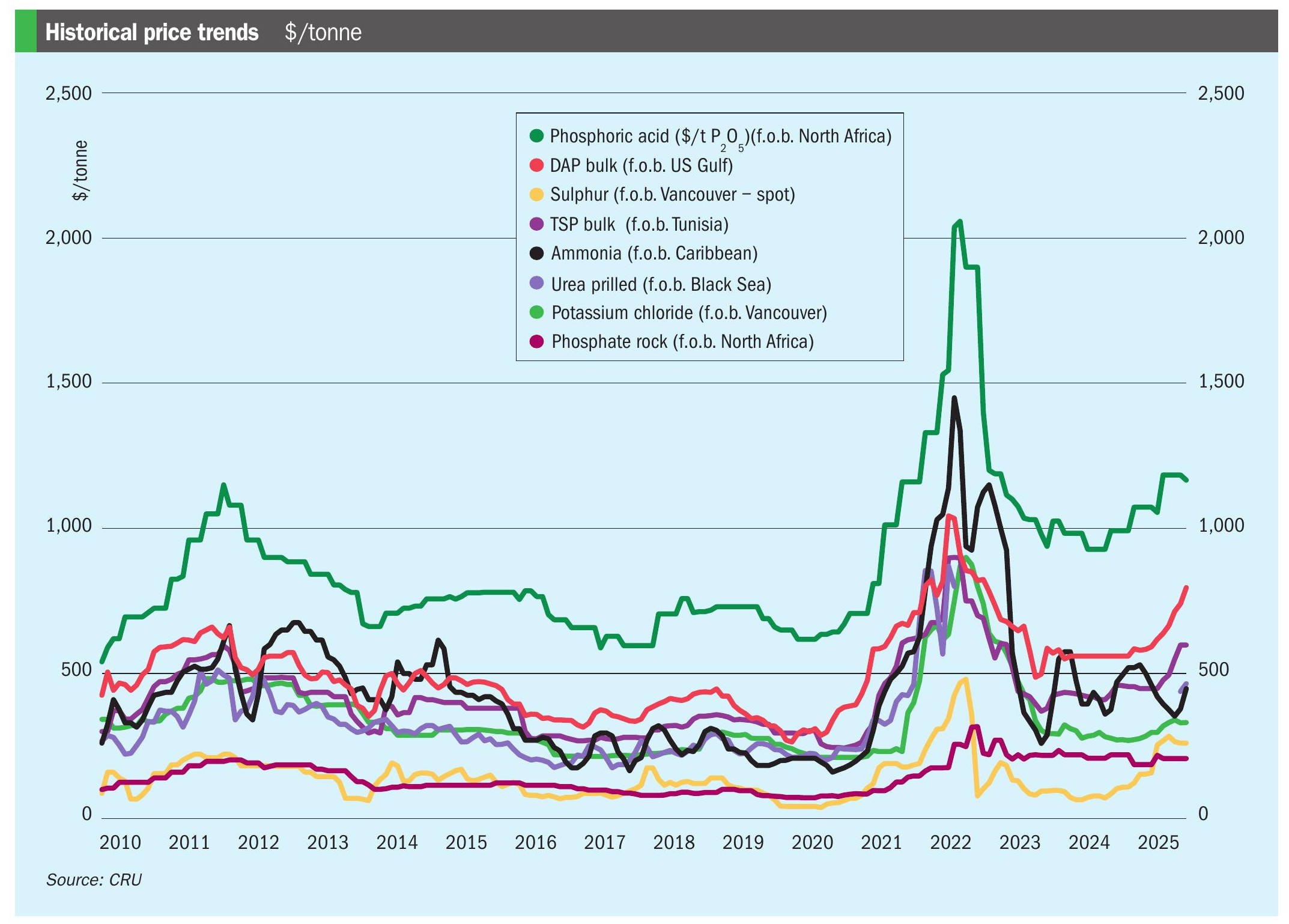Nitrogen+Syngas 374 Nov-Dec 2021

30 November 2021
Market Outlook
Market Outlook

AMMONIA
- Soaring natural gas prices in Europe, up to five times higher than normal, have led to numerous economic shutdowns of ammonia capacity across the continent. This has coincided with shutdowns in the US due to hurricane season, reducing availability considerably and driving up prices in the western hemisphere.
- At the same time, however, demand had been relatively slack from India and China and the re-start of production at Ma’aden has meant availability east of Suez has been comfortable.
- The bull run in natural gas prices seems set to continue for now. LNG rates have been higher on strong demand in both Asia and Europe, and this has even dragged up Henry Hub prices in the US to values above $6.00/MMBtu, their highest level (aside from the brief spike in February due to storm Uri) since 2014. With winter approaching and storage levels low worldwide, there is no reason to expect major falls in gas price until 2022, with ammonia prices likely to stay high as a result.
UREA
- Urea prices have reached unprecedented levels, rising over $120/t in September and another $200/t in October on the back of large scale Indian buying, reduced US output, rapidly rising gas and ammonia prices and consequent shutdowns in Europe, and China’s announcement of increased customs restrictions on exports from November 1st, prompting a scramble to secure supply ahead of this. High global shipping rates are further contributing to increasing c.fr prices.
- Demand remains strong in Brazil, and it is reckoned India still needs to buy large quantities before the end of the year. Coupled with low or zero availability from China, it looks like that there is no sign of any let-up in high prices for the immediate future.
METHANOL
- Negative margins for Chinese methanol to olefins producers are leading to shutdowns in production, with a knock-on effect on Chinese methanol consumption and hence production. Operating rates have dropped to very low levels.
- At the same time, high energy prices, as with ammonia, have been causing methanol prices to skyrocket. Natural gas prices have been the major reason, but this has been exacerbated in China by a surge in coal prices, rising 40% in October alone. With winter approaching in the northern hemisphere, at the moment there is no let-up foreseen in these high prices.
- The combination of lower demand in the largest methanol market coupled with high prices causing demand destruction makes for a very uncertain few months ahead. Chinese methanol futures have been very volatile. However, outside of China demand has been fairly strong, and for the time being the run of high prices looks like being sustained.






